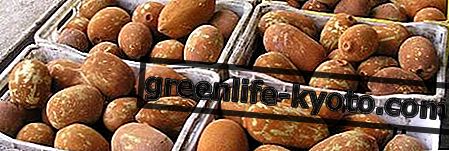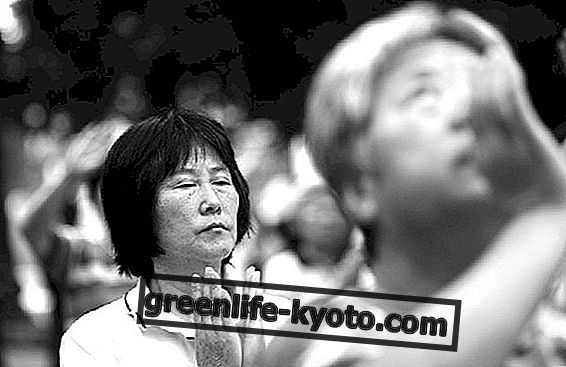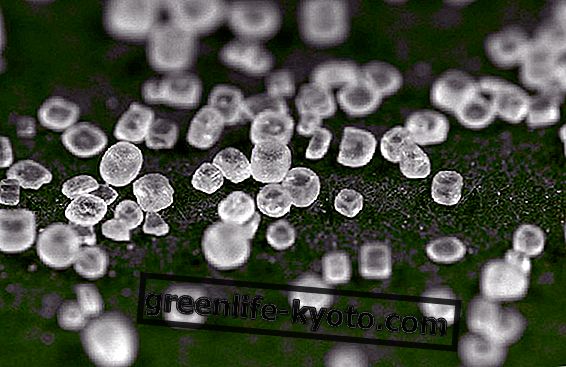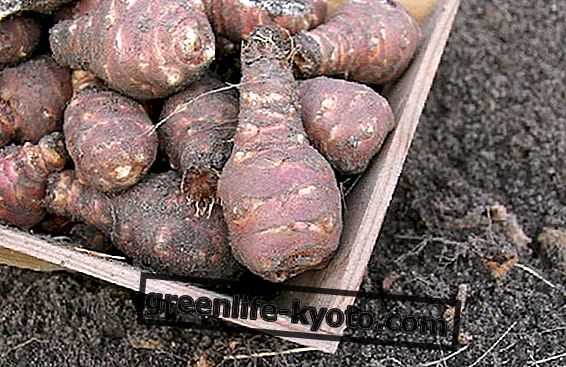
In the clinical developmental context, the term " autistic spectrum" is used to indicate the set of different symptoms that compromise different areas of development : the capacity for reciprocal social interaction, the ability to communicate, the presence of behaviors, interests and stereotyped activities and rigid.
Autism manifests itself in different forms, with differentiated deficits: each autistic child is in fact different from another, can present compromises in a specific area and if appropriately solicited can develop different skills.
The Bach Flowers and the Australian Flowers, can be a valid aid in the intervention of autism spectrum disorders, as they can help the child to value and stimulate the resources he possesses, favor the adaptation of the child to his environment, his integration, the modification of maladaptive behaviors, the stimulation of social, communicative-linguistic and cognitive skills, the promotion of an emotional adaptation through impulse control, the modulation of emotional states, the strengthening of the self image.
Interacting with an autistic child is not simple: these children seem isolated from external reality, absorbed in their thoughts, do not establish social relations with other adults or peers. Their behavior can appear in different "abnormal" ways, they do not tolerate physical contact and, if taken in their arms, they can remain passive, with the body as abandoned .
In some cases they do not tolerate eye contact, they do not smile, they respond with violence to displays of affection. They seem not to feel emotions, not to be disturbed by sudden noises, they don't turn when they are called by name.
Bach flowers and Australian flowers for autism
Clematis and Water Violet are the main Bach flowers that can help the child interact with others.
Clematis, indicated when the contact with reality is lacking, and Water Violet, useful when there is a tendency to close in on themselves and to isolate themselves, promote a better ability to relate with others and with the environment.
The Australian flower Flannel Flower, on the other hand, favors physical contact and helps express emotions and feelings.
Their language can prove to be poor, characterized by echolalia: autistic children repeat the words they have listened to, echoing them even days later, without relevance to the context. They also have ritual and stereotyped behaviors: flickering with their hands, walking on tiptoes, making a gesture repeatedly, rocking.
Sometimes they perform self-injurious behaviors that have a function of self-stimulation, such as banging their heads against the wall, pinching their skin, biting their hands.
Bach Chestnut Bud, Cherry Plum and White Chestnut flowers will limit the repetition of these repetitive and uncontrolled patterns, favoring their interruption. While Pine will limit the forms of self-harm.
Children with autism spectrum often have a particular cognitive deficit, that of " theory of the mind ", that is they fail to prefigure others as individuals with mental states, such as thoughts, moods, emotions, but they represent them mechanically and they often use them in an instrumental way.
In fact, they often take adults by the hand and lead them where they want, for example to grab an object, as if the adult were a means to an end.
Bush Fuchsia is an Australian flower very important in this case, because, besides giving the sense of orientation, it helps to relate to the outside world, to overcome language problems and to communicate.
These children do not adapt easily to changes and react violently even to small movements of objects from their usual location.
Walnut is the Bach flower that favors a better adaptation to new situations, while Holly is useful in the management of frustration and anger.
In most cases of autism, there is an associated diagnosis of intellectual disability, usually moderate, with different non-specific neurological symptoms or signs.
Also in this case the Australian flower remedy Bush Fuchsia will be particularly effective.
Certainly it is not easy to cure autism, but I want to conclude this short article with the suggestion of a mother of two autistic boys, taken from the book by Ian White, Healthy and Happy Children, who regularly uses flower essences effectively, noting tangible changes in the behavior of children. "consistency over time is the guiding principle I follow to deal with autism; although sometimes it can take a long time to interrupt a certain behavior or eliminate a reaction mechanism, a ritual or an obsession".
For an in-depth study of flower therapy :
//www.danielagrossi.it/single-post/2017/04/27/Floriterapia-la-medicina-dellinformazione












